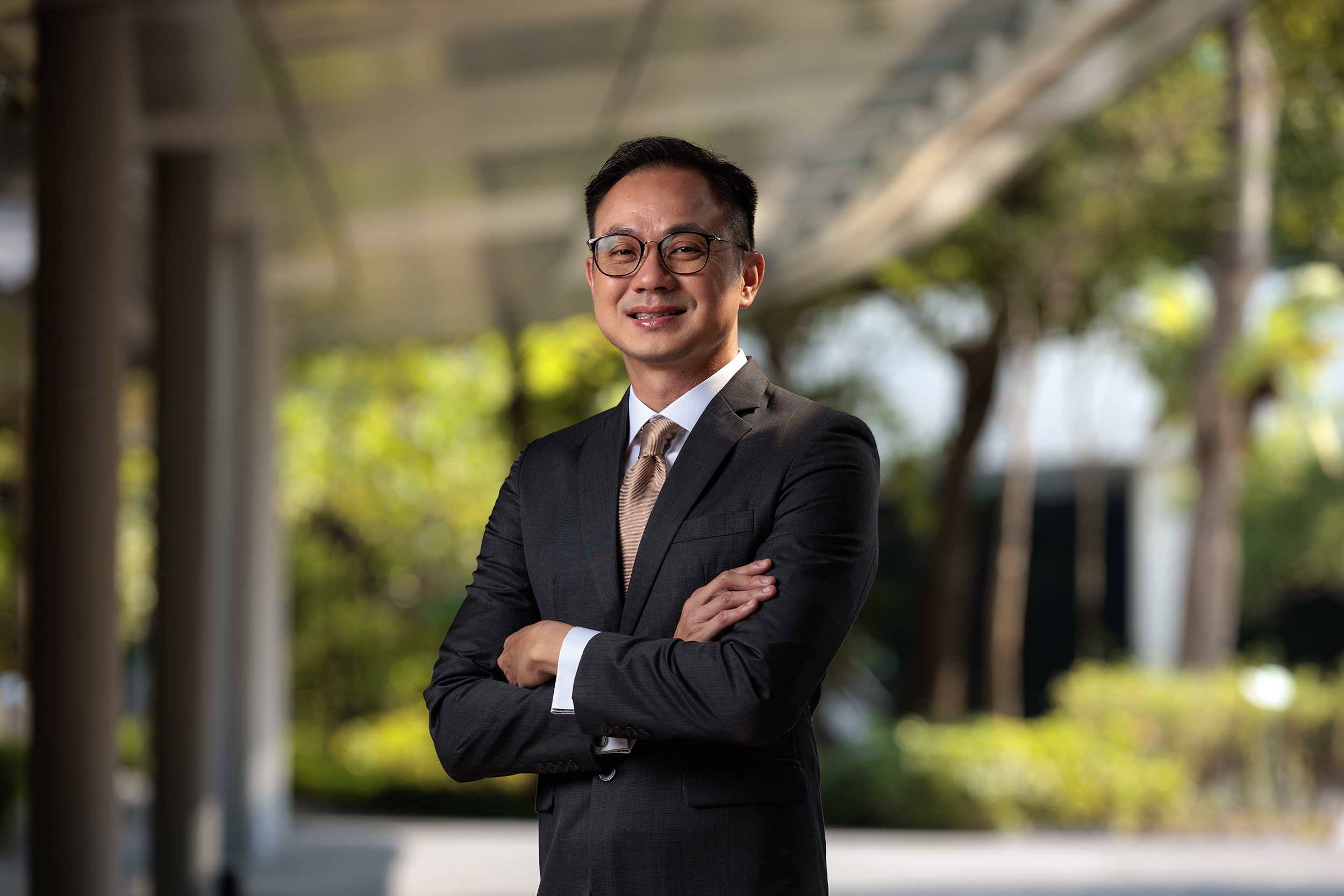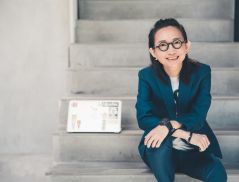

The two columns have exactly same sentences but with completely different meanings when read in reverse. We all see exactly the same AI, but each of us can come to completely different conclusions whether AI creativity is limited or limitless.
For some, AI creativity is a mirror of our deepest fears – a descent of human creativity. For others, it is a mirror of our highest achievements – an ascent of human creativity.
Are we headed for polarisation with these opposing views? Or can we reconcile them?
In working with people with and without background in AI, we have seen both sides. From their lived experiences, we have designed three strategies to see where AI is limited and limitless, and thus reconcile these opposing views.
Strategy 01: Tasks First, Skills SecondThe first strategy is to focus on tasks instead of skills.
Many see AI generate text, images, code, songs and designs, and lump these together as creativity skills. They then extrapolate and conclude that all such skills are now under siege.
Focusing on tasks, however, tells a different story. Creativity is more than just the task of generating creations – the entire creative process is made up of many tasks. Some can now be done by AI, but others remain in the realm of human creativity. By seeing which tasks are best done by AI or humans, we have a much clearer picture of where both AI and human creativity are limited or limitless.
My reversible opening passage is a case in point:
AI: As an experiment, I asked AI to generate ideas of what I could write for this piece. None passed muster – it was limited.
I: I had to think hard and push my own limits to see and decide that a reversible passage would best show the opposing sides of the debate.
AI x I: I then asked AI to generate drafts of reversible passages. It again failed, i.e., limited. It did, however, give me limitless creative ideas of what I could include, some of which I adapted.
I x Others: I proceeded to write it myself. There, I was limited too; I had to rely on a campaign clip we had done with an agency over a decade ago (that was in turn inspired by an overseas video a colleague had shown me) to get the reversible format and concept right. With their help, I felt limitless.
It was AI, I, and other humans working in concert, together over time, space, and memories, that created the reversible passage. Each excelled at different tasks but built on each other’s work. Lumping them all as creativity skills – as it is done conventionally – makes it easy to think one can replace the other. But looking at tasks, we get a clear, concrete, and sophisticated sense of where and how we each excel.
Strategy 02: First Do to Learn, Then Learn to DoThis creative process for the reversible passage illustrates the second strategy too.
For as long as many of us can remember, education and training has been about learning to do.
But when I was doing the reversible passage, there was no course or teacher I could learn from, or school I could go to. I was creating something new, with a new technology, that released new functions every few weeks.
At these perpetual frontiers of the new, no one can teach us how to do. No one can tell us what to do. It is impossible to learn to do. Instead we have to do to learn.
Thus to learn, I had to do. Get my hands dirty, wrestle with the AI, and wrangle with the realms of creativity.
It was only by doing and creating, that I learned how limited or limitless AI and I could be. And it was only by doing that I learned how to create in concert.
Strategy 03: Combine Not CompeteMoreover, the practice of creating in concert is keeping pace with past and emerging research – both done by us and others – about AI, creativity, and capability.
For example, AI is faster at brainstorming more creative ideas. It can be limitless, and has outperformed humans in several standard creativity tests. But AI-generated ideas are limited in one big way: they tend to be similar.
Humans, however, are better at diverse ideas. Along with that diversity, humans can come up with higher quality ideas.
Taken together, it is about how we combine humans and AI to get both the quantity and quality we need for creativity.
Hence, if we start with the frame that AI and human creativity are competing, one a replacement for the other, we will only get half the benefits. But if we start with combination, we overcome the limits AI and humans each have. We become more limitless because we can push the possibilities of what those combinations can be, and what those combinations can create.
ConclusionIn the debate whether AI creativity is limited or limitless, a quote has gone viral: “I want AI to do my laundry and dishes so that I can do my art and writing, not for AI to do my art and writing so that I can do my laundry and dishes.”
Problem is it paints a false dichotomy, using the competition frame instead of the combination one. Because what if AI can do your laundry and dishes and help you with art and writing? Creating in concert by excelling at different tasks in the entire process, just like it did for me.
What we could have then is many more of us creating. We know that is possible because we have seen that for ourselves when we work with people without creative and technical backgrounds to co-create with AI.
Several experienced the joy of creation for the first time in a long while. They saw their imagination and sense of the limitless expand. And the sparkle in their eyes said it all.
And so perhaps asking whether AI creativity is limited or limitless is too limiting. We should instead ask ourselves if we can use AI and humans together to unlock the latent creativity in more of us.
Because, if we can, the most important question of all is this: Can our creativity be limitless?

Poon King Wang is the Director of the Lee Kuan Yew Centre for Innovative Cities (LKYCIC) at the Singapore University of Technology and Design (SUTD). He is also the University’s Chief Strategy Officer.


 Share
Share









